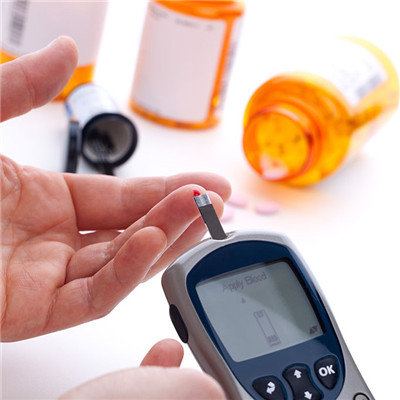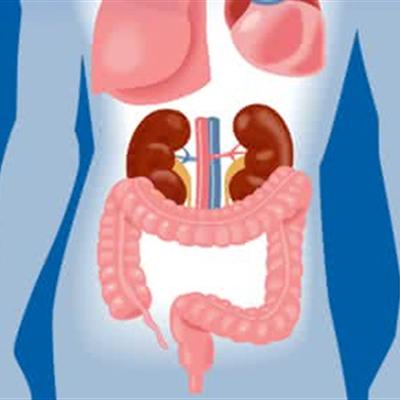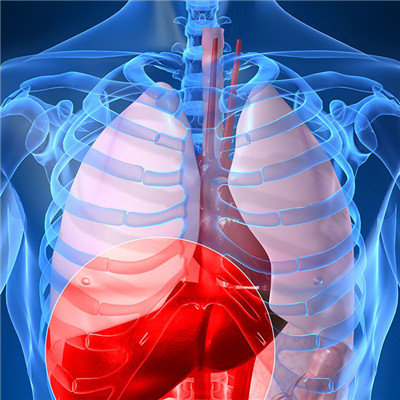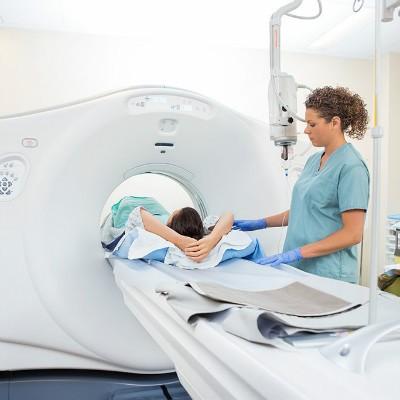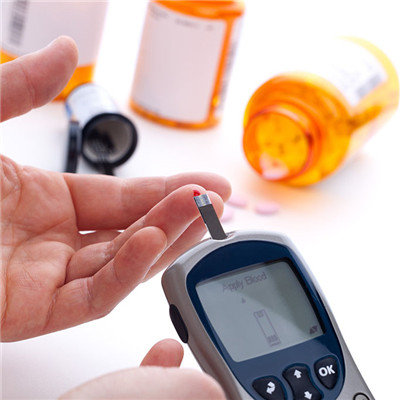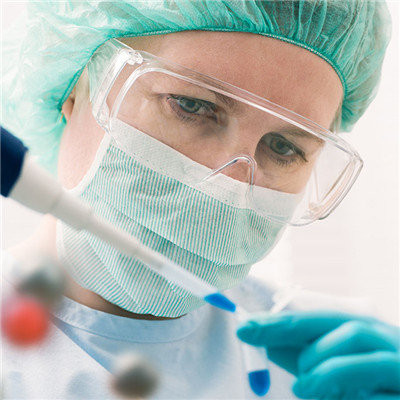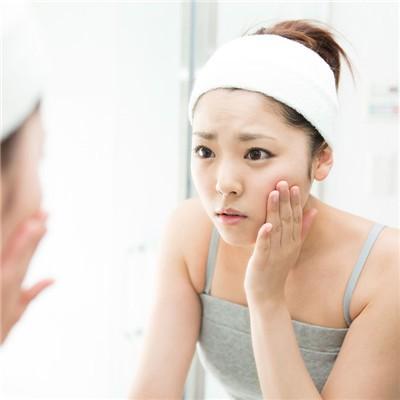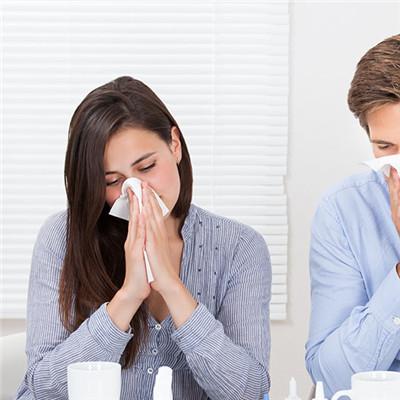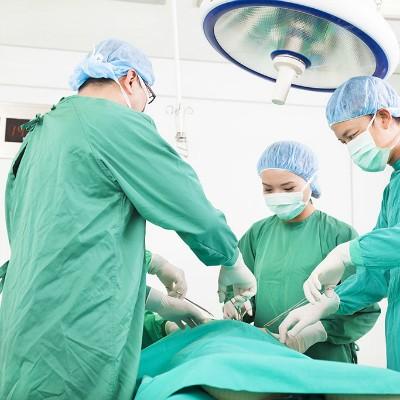What does severe drug eruption include?
summary
Drug eruption is a disease that many people are not very clear about. In fact, it is what we usually call allergy, but the situation is relatively more serious. So, what are the main symptoms of severe drug eruption? Here we will introduce this problem from the aspects of clinical manifestations and main sensitizing drugs.
What does severe drug eruption include?
(1) Severe erythema multiforme exudative【 [clinical manifestations] it is often characterized by pleomorphic lesions, including edematous macula, papule, herpes and bulla. Iris like lesions are typical manifestations. The rash usually occurs in the distal part of the extremities. In severe cases, it can affect the face, neck and trunk, and is often symmetrically distributed. Severe cases often have bullae and severe eye, oral and genital involvement, often accompanied by fever and other systemic symptoms【 Sulfonamides, penicillins, non steroidal anti-inflammatory drugs, anticonvulsants and allopurinol are common sensitizing drugs.
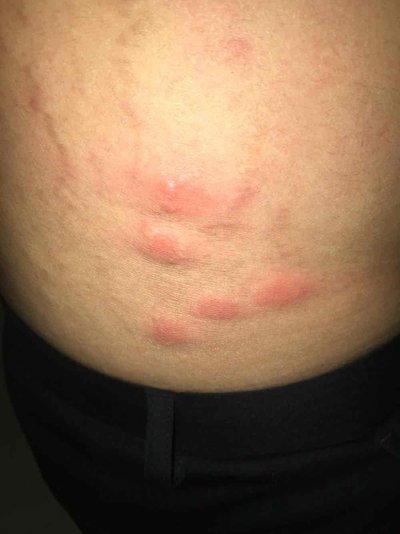
(2) Epidermolysis bullosa【 Clinical manifestations] the characteristics of this type of drug eruption are as follows: 1. The onset is acute and the rash affects the whole body for more than 1-4 days. ② The rash began with diffuse bright red or purplish red patches, and immediately appeared flabby bullae, with positive Nikolsky sign. In severe cases, the skin almost looked like carrion, which was broken when rubbed. ③ The mucous membranes of eyes, mouth, nose and genitalia were often involved (90%). ④ All patients were accompanied with fever, often at 39 ~ 40 ℃, liver, kidney, heart, brain, gastrointestinal and other organs often have varying degrees of damage. ⑤ If there is no complication, the course of disease is about 4 weeks. ⑥ The prognosis is poor, if not timely rescue, more than 10 ~ 14 days of death【 Sensitizing drugs] common sensitizing drugs are penicillins, cephalosporins, sulfonamides, allopurinol, phenobarbital, antipyretic and analgesic drugs, etc.
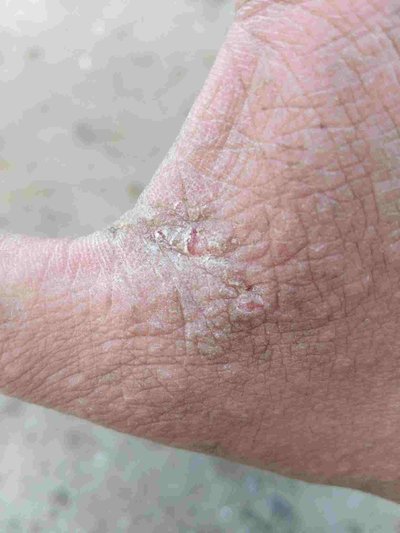
(3) Exfoliative dermatitis / erythroderma [clinical manifestations] the clinical manifestations of this type of drug eruption are: diffuse flushing of whole body skin, obvious swelling of partial infiltration, massive desquamation, accompanied by high fever, enlarged lymph nodes, impaired liver and kidney function, hypoproteinemia, abnormal cardiopulmonary function and other systemic manifestations. Its characteristics are as follows: 1) the incubation period is long, often more than one month, even more than three to four months. ② The course of disease is long, at least more than one month, and the complications are more than 21 months. ③ The prognosis is severe. ④ High fever, lymphadenopathy and visceral damage were common in the course of disease (hepatitis was the most common). Eosinophilia and atypical lymphocytes often appeared【 The common sensitizing drugs are penicillins, streptomycin, cephalosporins, allopurinol, chlorpromazine, phenobarbital, chlorophenylsulfone, butazone, carbamazepine, p-aminosalicylic acid, etc.
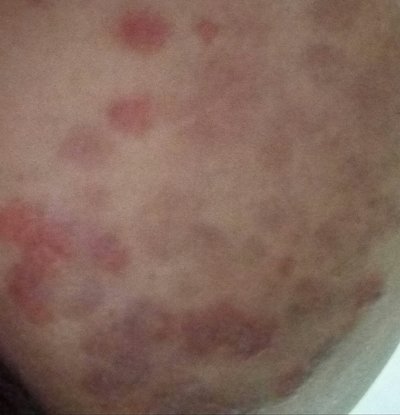
matters needing attention
To sum up, there are three types of severe drug eruption, different types of accompanying symptoms are also different, the clinical manifestations of severe drug eruption appear, please see a doctor in time. These are some of the things that we can often see in severe drug eruption. Most of the time, the treatment of drug eruption needs our corresponding understanding, and our treatment also has some relatively important matters that we need to pay attention to.
